Service hotline
+86 0755-23615795
Release date:2025-07-23Author source:KinghelmViews:93
In today’s rapidly evolving wireless communication landscape, antennas—key components for signal transmission and reception—directly determine the quality of communication. As a new type of antenna widely adopted in recent years, PCB antennas differ significantly from traditional, conventional antennas. Understanding these differences helps engineers and designers make precise choices in different scenarios, ultimately improving wireless communication efficiency. Below, we explore these distinctions across multiple dimensions: structural design, performance, manufacturing process, cost, and application scenarios.
PCB (Printed Circuit Board) antennas are created by etching specific shapes of copper traces onto the PCB’s copper layer, integrating antenna functionality directly into the board. Built on the rigid substrate of the PCB, common types include inverted-F antennas (IFA) and microstrip patch antennas. For example, an inverted-F PCB antenna inside a smartphone uses folded metal traces to transmit and receive signals within limited mainboard space; microstrip patch antennas consist of a metal patch and a ground plane on a dielectric substrate, suitable for fixed-frequency transmission. This integrated design tightly combines the antenna with the circuit, reducing external connections and signal loss.
Conventional antennas cover many types, such as copper tube antennas, whip antennas, and Yagi antennas, usually as independent components. For instance, copper tube antennas rely on copper’s excellent conductivity for signal transmission; whip antennas are slender metal rods often used in mobile devices; and Yagi antennas have multiple parallel elements, providing strong directivity, commonly used for TV signal reception. Their materials, structures, and sizes vary depending on application, and some require specialized mounting brackets or accessories.
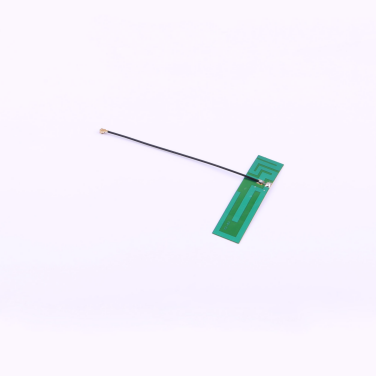
PCB antennas are typically designed for specific frequency bands, such as 2.4GHz/5GHz Wi-Fi, or 433MHz IoT bands, often with relatively narrow bandwidths. They are ideal for single- or dual-band communication. Conventional antennas, by contrast, offer broader frequency adaptability; some omnidirectional antennas cover multiple bands from low to high frequencies. Specialized directional antennas, like Yagi antennas, can be structurally tuned for ultra-wideband transmission within a target band, meeting complex communication requirements.
PCB antennas usually have gains between 2–6 dBi, with relatively strong directionality—meaning better signal radiation in specific directions but weaker omnidirectional coverage. For example, microstrip patch PCB antennas in routers focus signals horizontally. Conventional antennas include omnidirectional types (like whip antennas) offering 360° radiation, typically with gains of 1–5 dBi; and directional types (like parabolic dish antennas) that can achieve higher gains (10 dBi or more) for long-distance, high-precision communication.
PCB antenna performance is easily affected by electromagnetic interference from nearby circuits or components on the board, and relies heavily on careful PCB layout and materials. Poor design can lead to signal attenuation or distortion. Conversely, some conventional antennas (e.g., external copper tube antennas) are physically isolated from internal circuits and may have inherent shielding, making them more stable and interference-resistant in complex electromagnetic environments.
PCB antennas are produced using PCB fabrication techniques—designing the antenna pattern, then exposing, developing, and etching the copper layer to form the antenna trace. This highly automated process supports large-scale production with typical yields above 95%. Design optimization can also leverage simulation tools (like ADS or HFSS), reducing development cycles. However, once finalized, changing antenna parameters often requires re-fabricating the board, which can be costly.
Conventional antenna production varies by type. Copper tube antennas, for instance, are cut and bent into shape, sometimes welded to feedlines or mounts; Yagi antennas require assembling and aligning multiple elements precisely. Manufacturing may involve manual work or machine processing. For complex designs, production efficiency is lower, and consistency is harder to maintain at scale. However, design changes are more flexible—adjusting only the independent parts instead of the whole system.
Made mainly from PCB material and copper traces, PCB antennas have low material costs. For example, at production volumes of over 100,000 units, the cost per PCB antenna can be as low as 0.2–0.8 RMB. Combined with mature processes and high yields, the unit cost is further reduced. This makes PCB antennas popular in cost-sensitive, high-volume consumer electronics.
Costs for conventional antennas depend heavily on materials, structure, and manufacturing complexity. High-quality metals increase material costs, and intricate processing (such as precise cutting or welding) raises labor and equipment costs. Unit prices usually range from 1–5 RMB, with high-performance or custom antennas costing even more. Thus, they are less common in low-cost mass-market products, but remain essential in professional applications where performance outweighs cost sensitivity.
lConsumer electronics: Smartphones, tablets, smartwatches, etc., where internal space is limited and integration is critical; PCB antennas’ thin, compact design makes them ideal.
lSmart home devices: Smart bulbs, smart locks, etc., where low cost and ease of integration are priorities; PCB antennas offer reliable short-range wireless performance at lower production costs.
lOutdoor communication base stations: Require stable, omnidirectional coverage; external whip or copper tube antennas deliver better interference resistance and full coverage.
lProfessional wireless equipment: Devices like walkie-talkies and satellite communication systems, which need high gain and long-distance transmission, often use directional antennas like Yagi or parabolic dish designs.
PCB antennas and conventional antennas differ significantly in structural design, performance, manufacturing process, cost, and application. PCB antennas excel in integration, low cost, and targeted frequency performance, making them dominant in consumer electronics. Conventional antennas, with diverse structures and superior performance, remain vital in professional, outdoor, and specialized communication scenarios. When choosing between them, factors like device function, spatial constraints, and budget should be carefully balanced to select the most suitable antenna type.

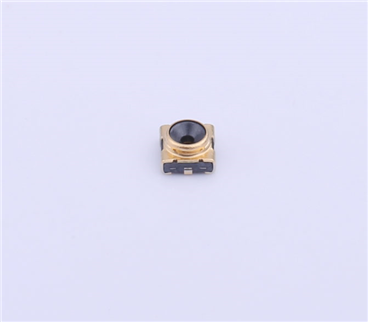
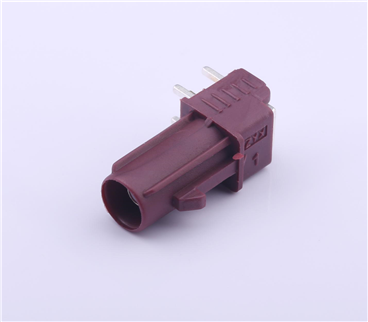
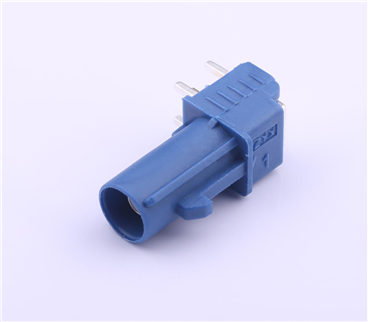
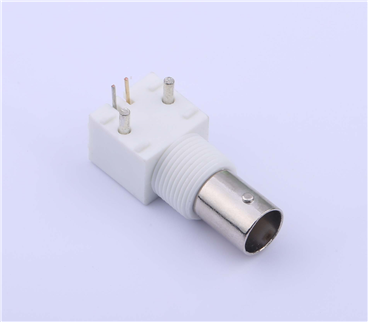
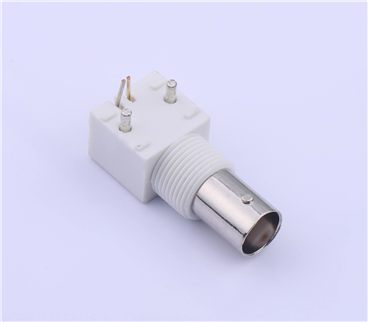
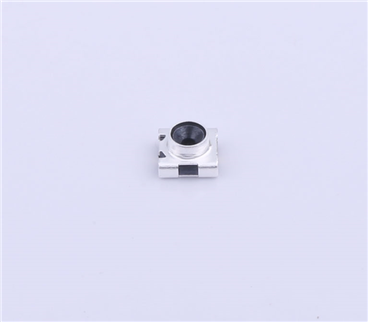

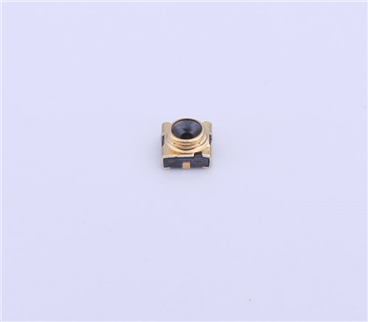
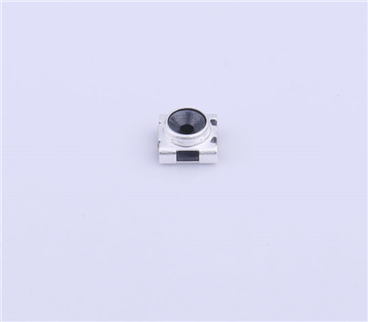
Copyright © Shenzhen Kinghelm Electronics Co., Ltd. all rights reservedYue ICP Bei No. 17113853